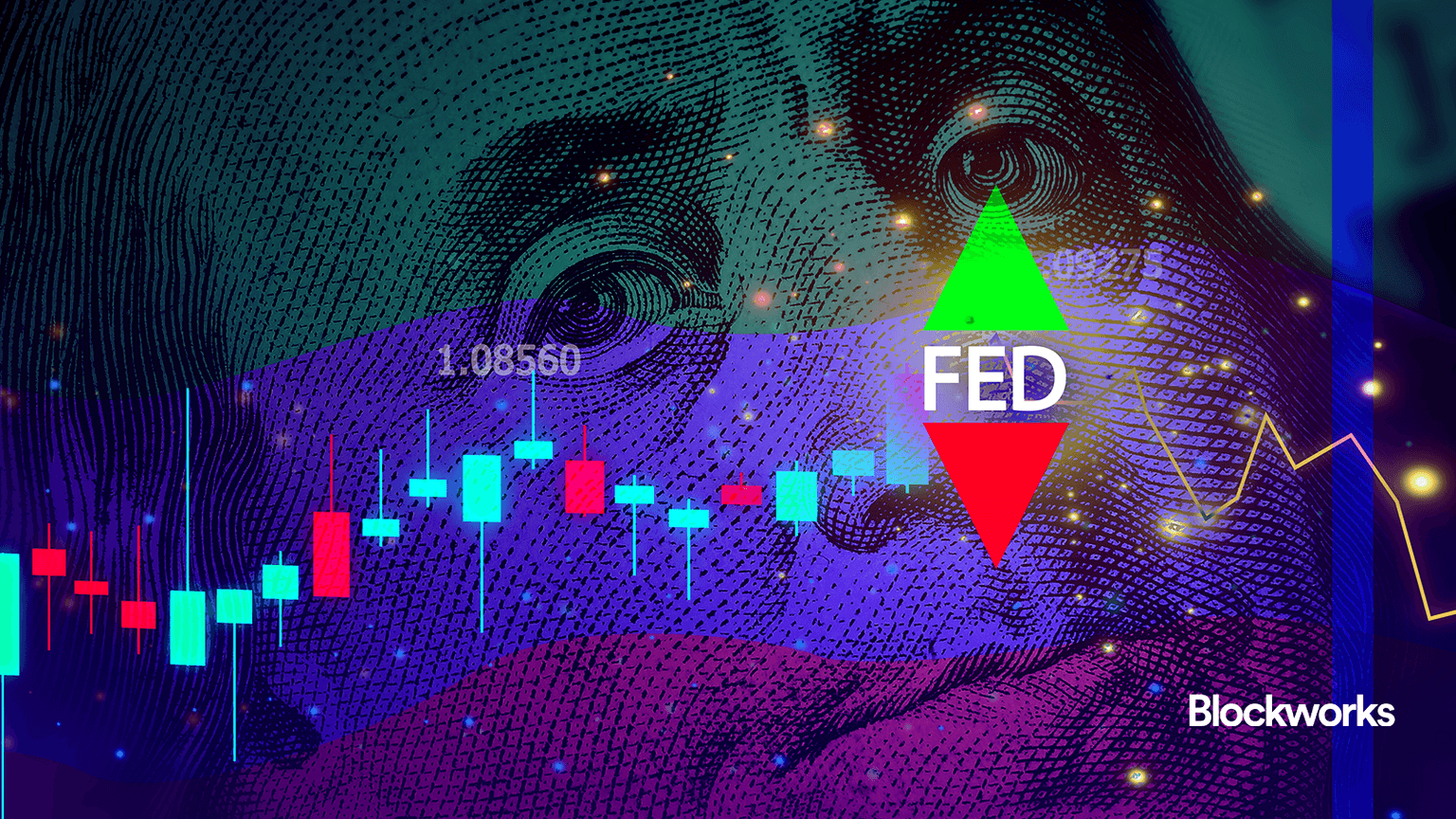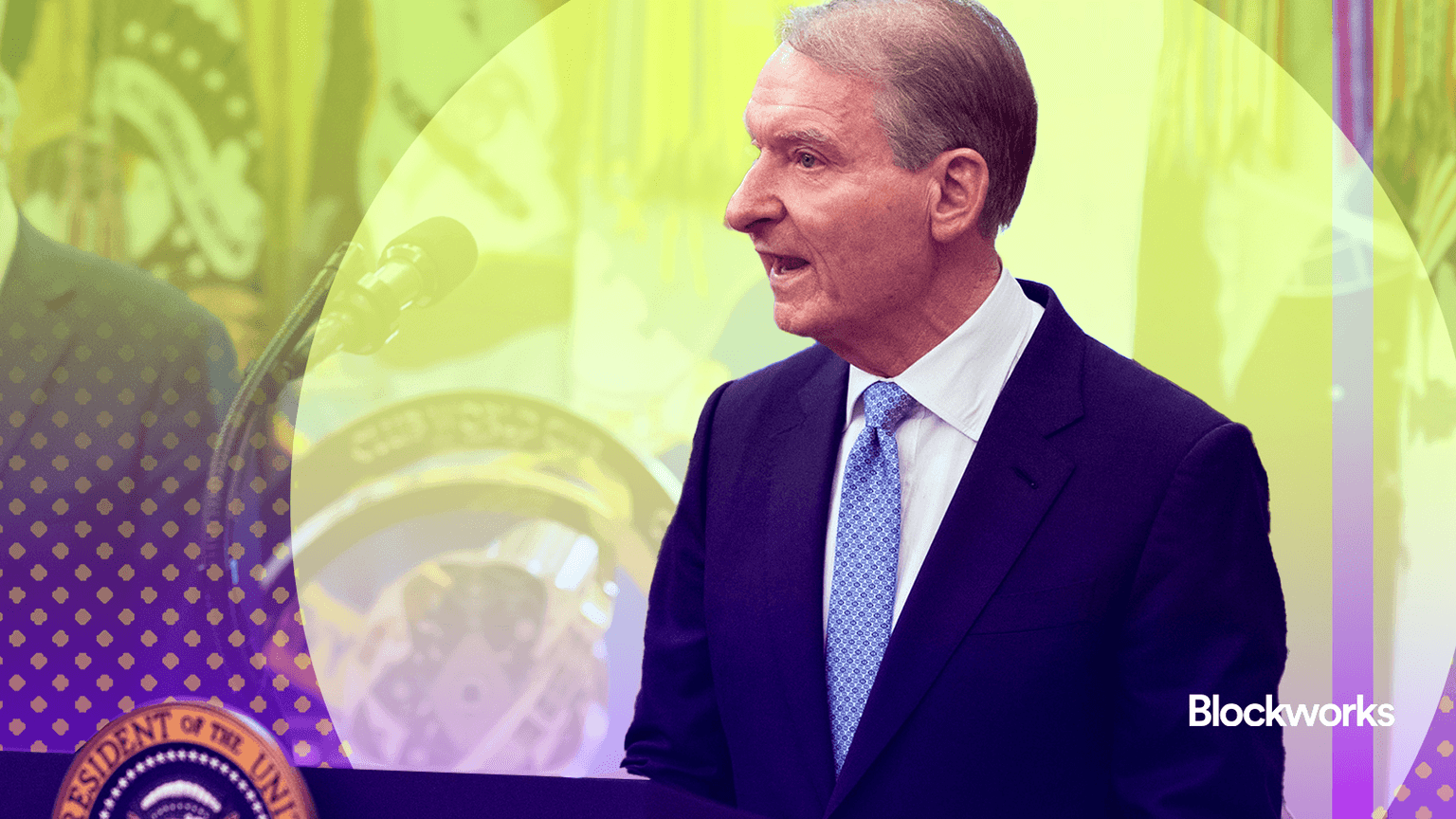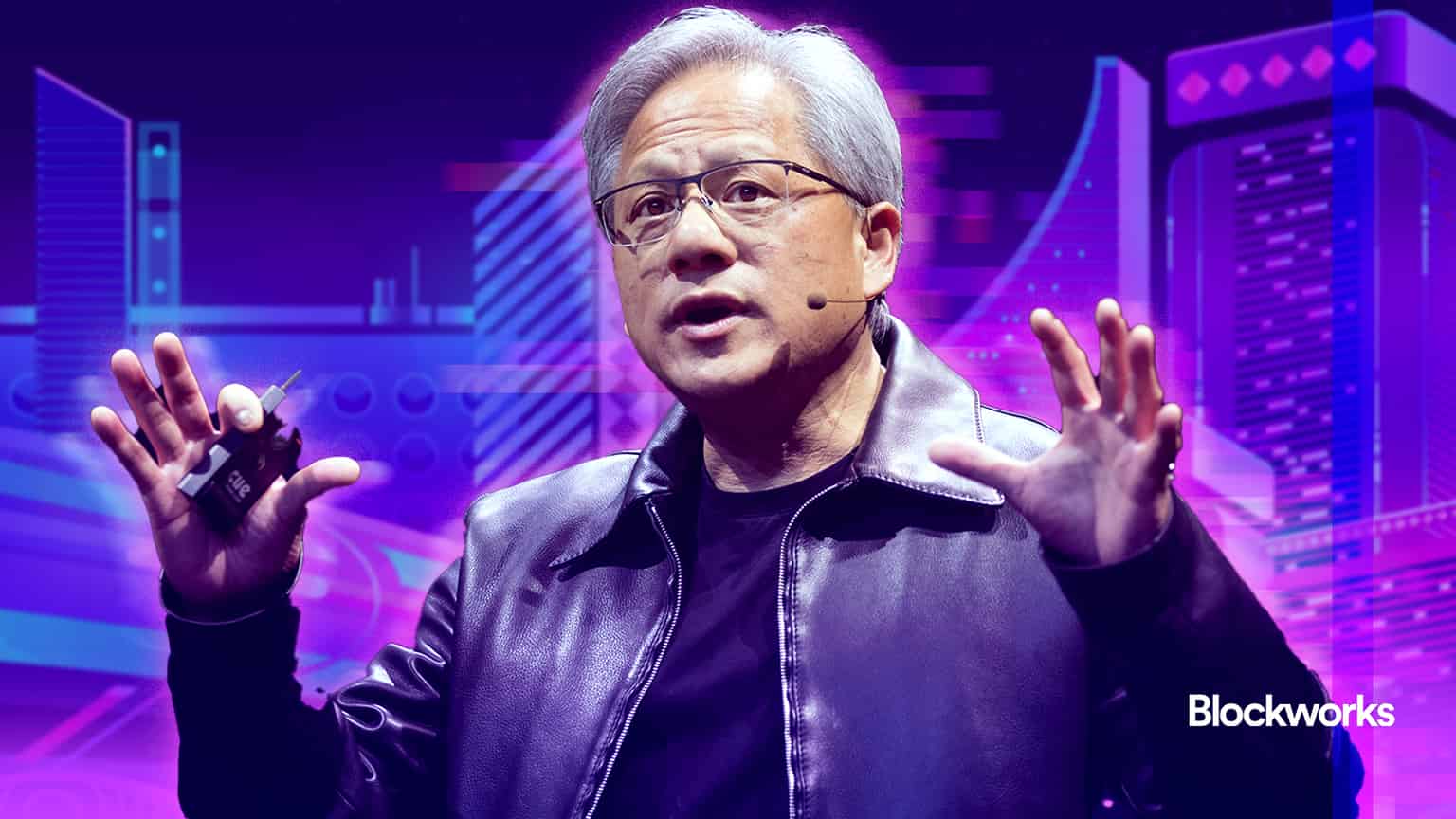Gaming needs tokenization
If we get it right, the future of gaming will be a more open, collaborative and rewarding space for all

Midjourney modified by Blockworks
Imagine spending countless hours upgrading your race car in your favorite game, fine-tuning every detail and unlocking new features as you play to make it both beautiful and blazingly fast…only to lose it forever when you stop playing the game.
What if you could truly own and monetize your in-game creations? Enter the world of tokenized user-generated content (UGC).
Throughout history, humans have prized self-expression and individuality. And in the gaming sphere, this desire has reached new heights with the rise of UGC. Games like Roblox and Minecraft — which average hundreds of millions of players monthly — have revolutionized the industry by empowering players to create worlds, characters, and experiences.
Yet, one key aspect is missing in the majority of these types of games: true ownership.
While players can create and share content, they have little control over how it’s used or monetized. They spend hours making worlds and upgrading in-game items that add massive value for a studio, driving player retention and enjoyment, without benefiting from the rewards.
Think about it. The average Fortnite player spends a whopping ten hours a week playing, and some of the most popular builds in the game are player-created. Epic Games (its creator) is directly benefiting from the time these players put into playing and building in the game.
How can we address this challenge and empower players with real ownership and fairer rewards for their creations?
Tokenization offers a transformative solution.
By representing in-game assets as unique non-fungible tokens (NFTs) on the blockchain, players can assert ownership rights and track their creations’ provenance securely. Smart contracts can automate royalty payments, ensuring fair compensation for player contributions.
To demonstrate this further, imagine if my daughter’s Lego car creation was tokenized. By creating a digital token or NFT of the car, she can formally certify it as her own and earn rewards when it’s traded. She could even receive royalties if someone used her car in their own game. Tokenization makes this possible in the digital realm.
The billion-dollar opportunity
Deloitte predicts that UGC gaming platforms will pay out nearly $1.5 billion to content developers in 2024. But to realize tokenized UGC’s full potential, we must address negative perceptions surrounding blockchain technology in gaming.
To begin, we need to address the user experience issue. Many early blockchain games suffered from clunky interfaces, complicated wallet setups and a lack of intuitive design. Layer this with exploitative microtransactions (think Axie Infinity), and it’s no surprise mainstream gamers were left wary.
Imagine a gamer having to manually manage private keys or decipher cryptographic hash functions just to play. That’s a surefire way to deter adoption.
Instead, the focus should be on creating immersive worlds where the blockchain functions invisibly in the background, enabling ownership and monetization without compromising the gaming experience.
The NFT market has also been prone to wild speculation, with some assets selling for eye-popping sums while others go to zero. While this has generated buzz, it has also led to concerns about market stability and the potential for bubble-like behavior.
For tokenized UGC to gain mainstream acceptance, it’s crucial to foster a more stable, sustainable market driven by the inherent utility and value of the assets rather than mere speculation. This means designing in-game economies with balanced incentives, sinks and faucets to ensure long-term viability. By shifting the focus from speculation to utility, we can build trust and stability in the market.
Read more from our opinion section: Memecoin mania can teach us something
As more games embrace tokenized UGC, blockchain networks will need to handle a massive influx of transactions. If the infrastructure can’t scale to meet demand, we risk congestion, high fees and a degraded gaming experience.
We want to avoid another Crypto Kitties-style Ethereum network breakdown. To prevent this, developers must choose scalable blockchain architectures that can grow with their player base. This may involve using layer-1 solutions that can bridgelessly connect to other blockchains, sharding or other techniques to increase throughput without sacrificing decentralization or security. It’s also crucial to optimize smart contracts and game logic to minimize unnecessary transactions and reduce the load on the network.
One of the most important prospects of tokenized gaming is the ability for a users’ in-game assets to move seamlessly between different game worlds. Imagine being able to take your hard-earned sword from one game and use it in another, or having your spaceship navigate through various universes. This level of interoperability would unlock incredible possibilities for player expression and engagement.
The road to mainstream adoption
Achieving this vision requires overcoming significant technical and coordination challenges. Different games may use different blockchain networks, token standards and data models. Bridging these gaps requires robust cross-chain communication protocols and standardized metadata formats.
It will take a concerted effort from developers, players and the wider blockchain community. But if we get it right, the future of gaming will be a more open, collaborative and rewarding space for all.
And we’re on the right track. Over the past two decades, the UGC gaming landscape has undergone rapid transformation, with what once seemed improbable now on the brink of becoming commonplace, thanks to the integration of blockchain technology.
Tokenization is the catalyst for creating this billion-dollar gamer-driven economy, where players have unprecedented control over their creations.
The ownership revolution is here; it’s up to us to seize it.
Get the news in your inbox. Explore Blockworks newsletters:
- The Breakdown: Decoding crypto and the markets. Daily.
- 0xResearch: Alpha in your inbox. Think like an analyst.






